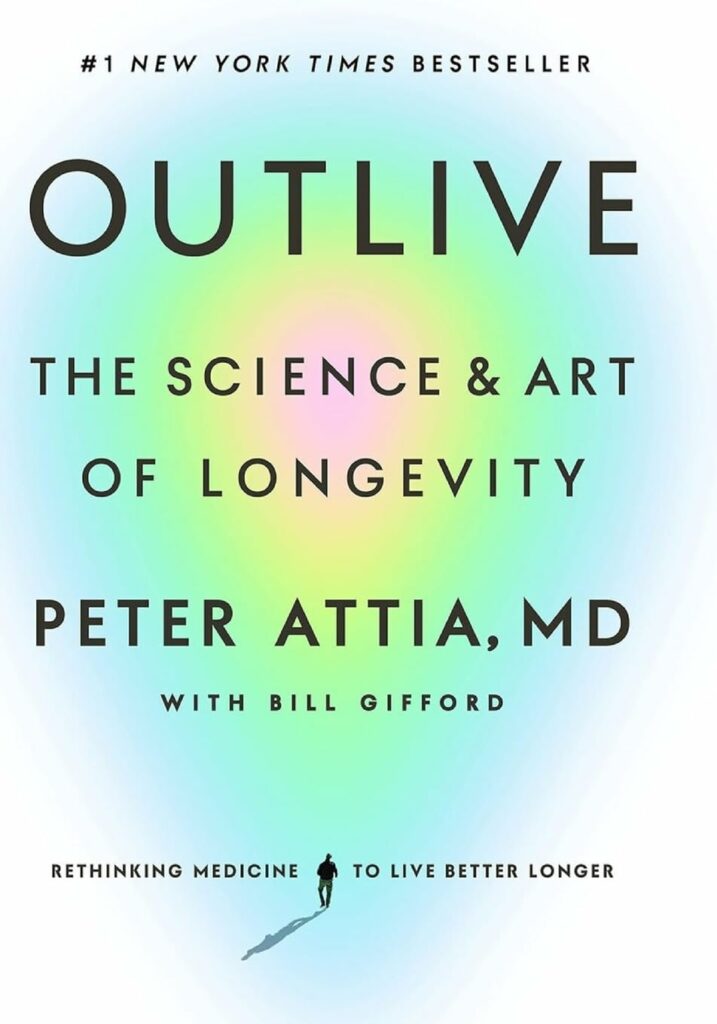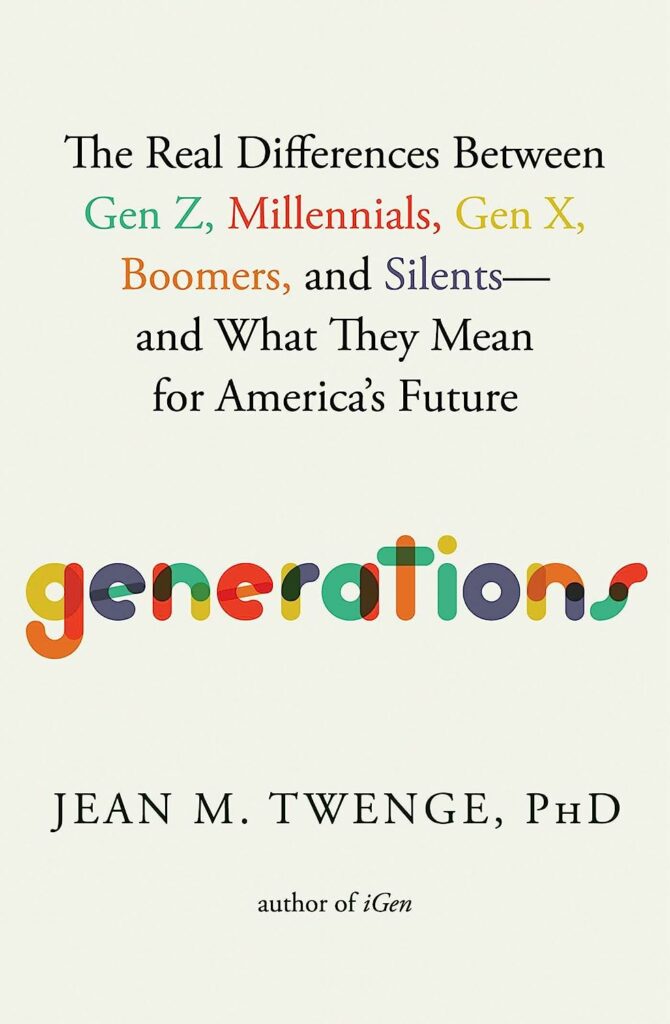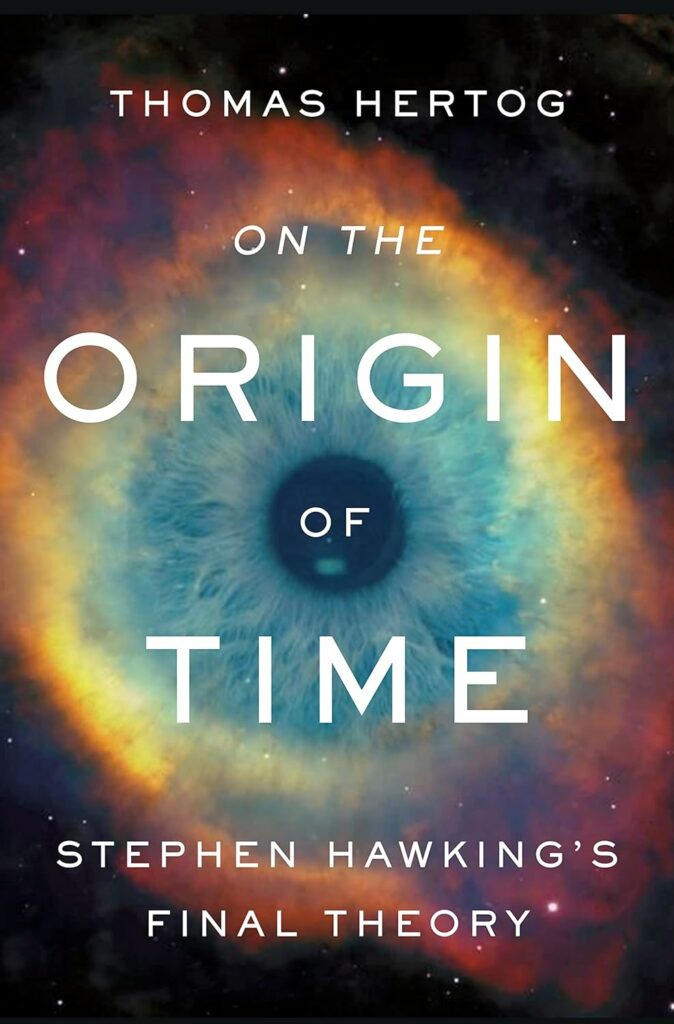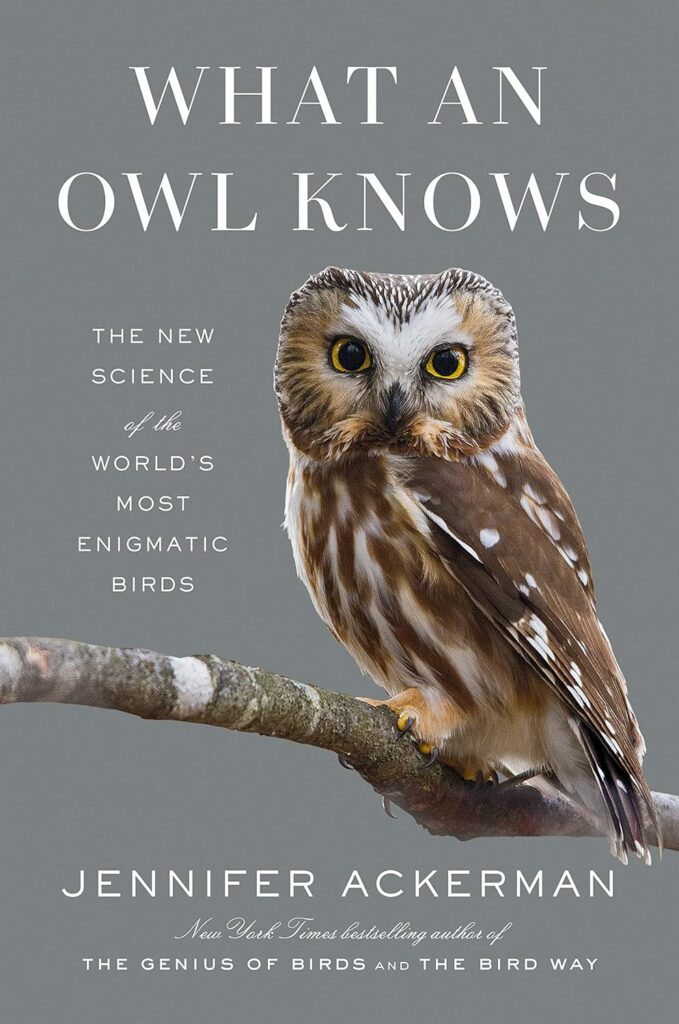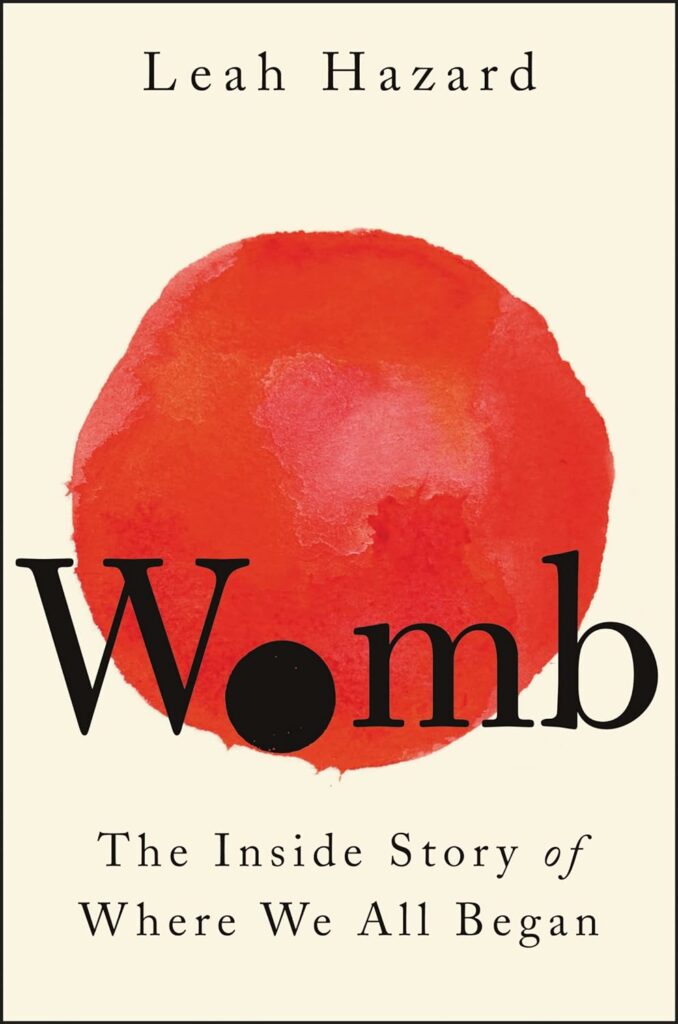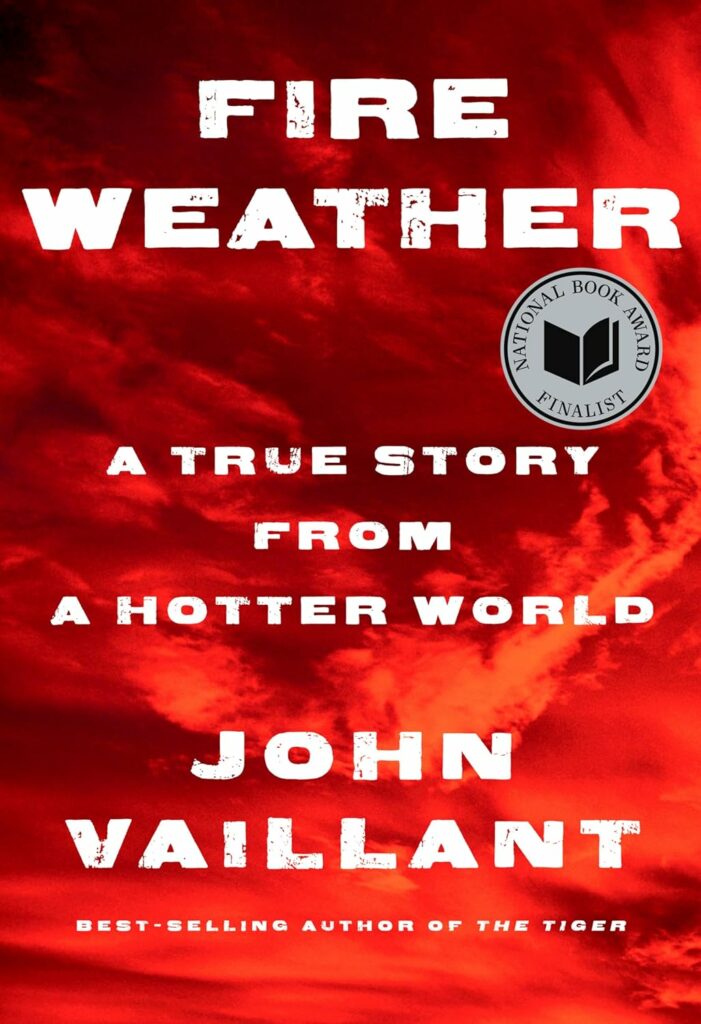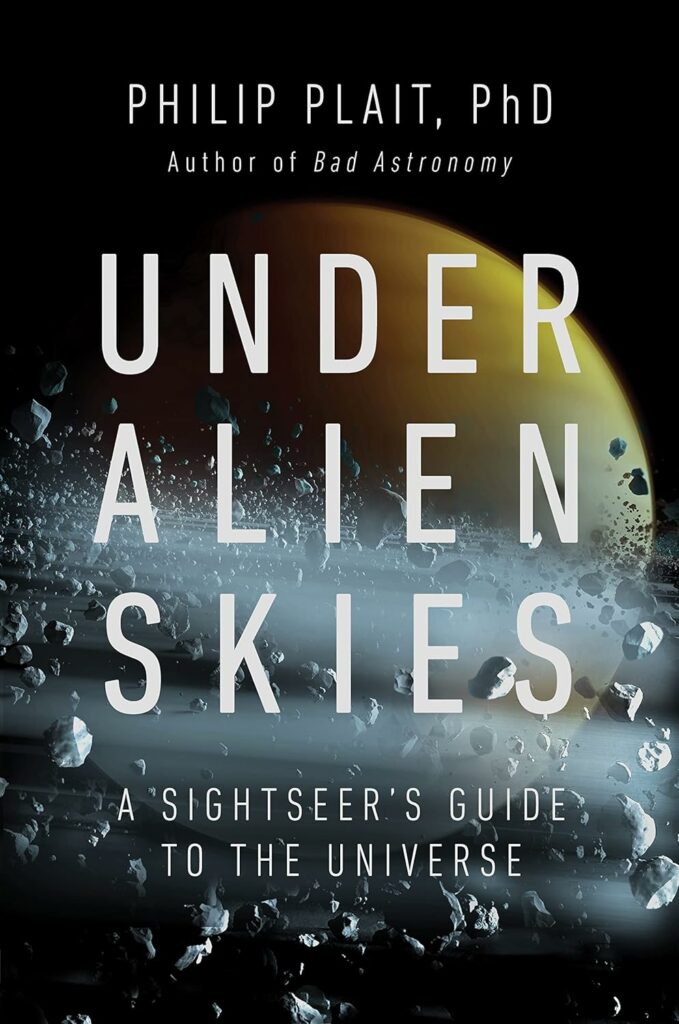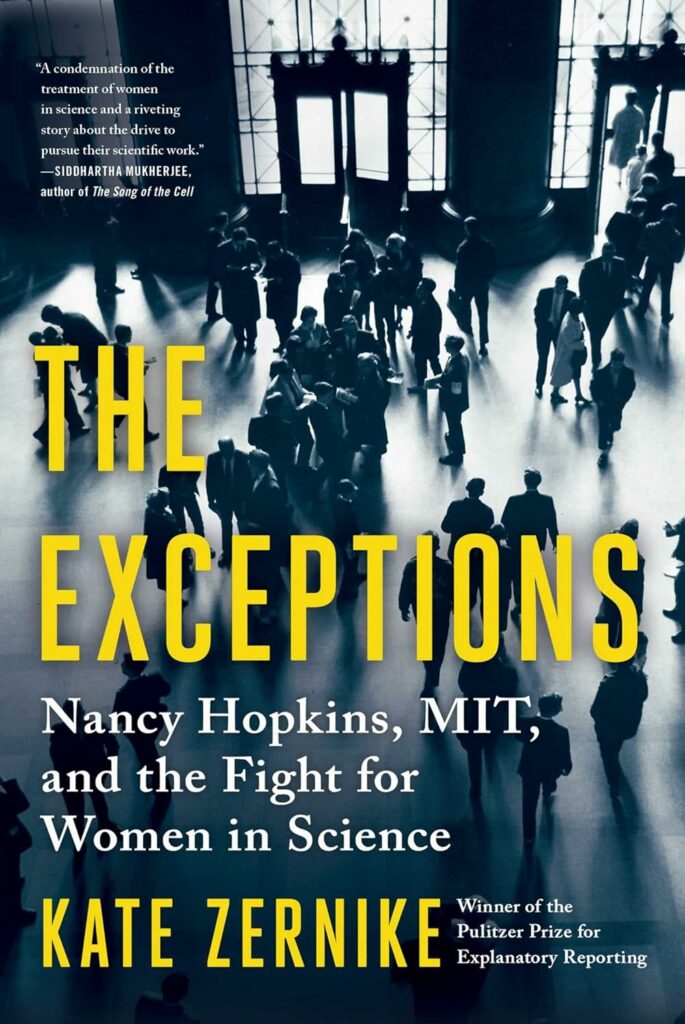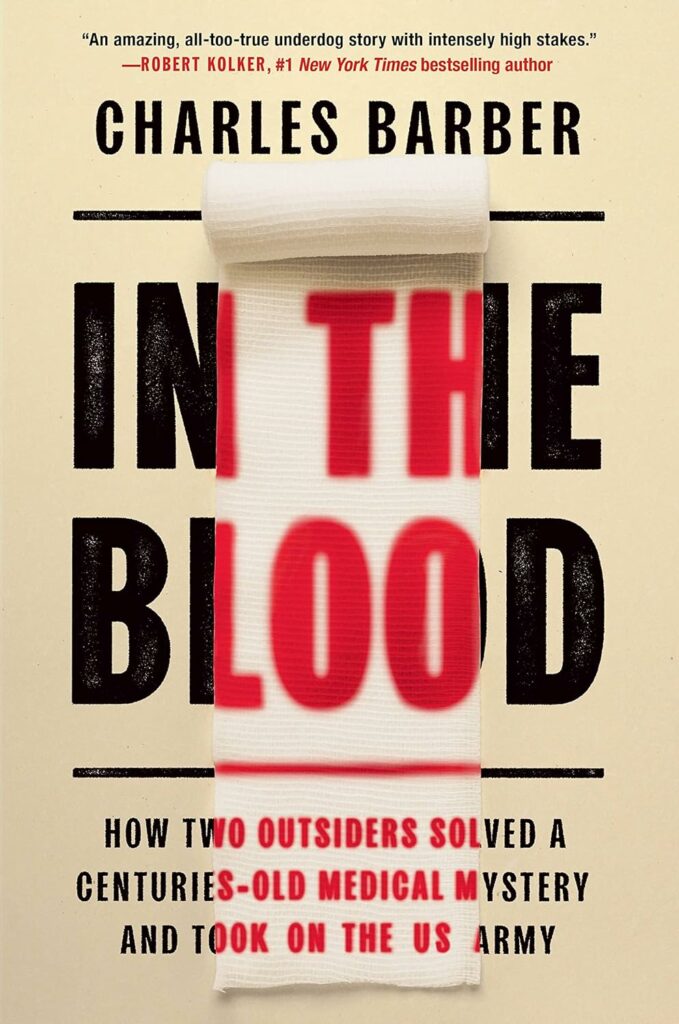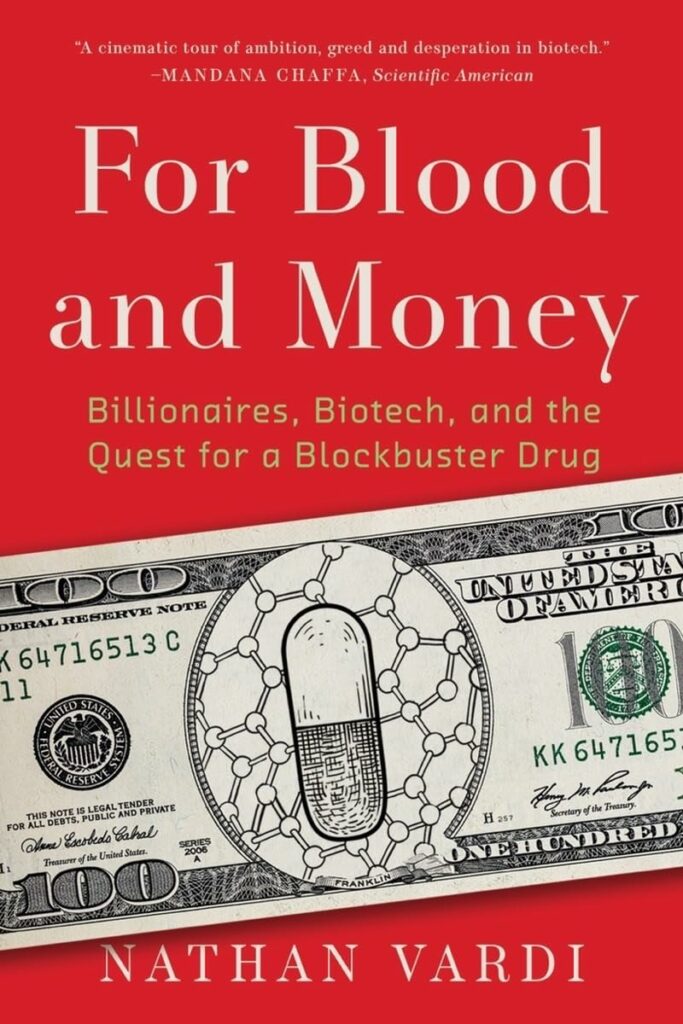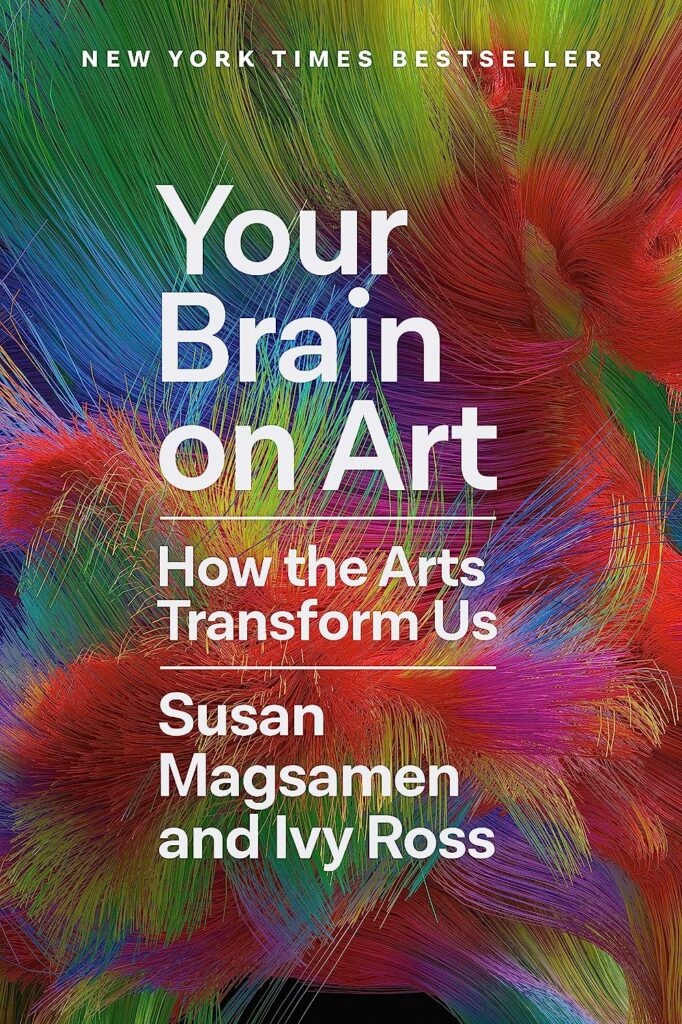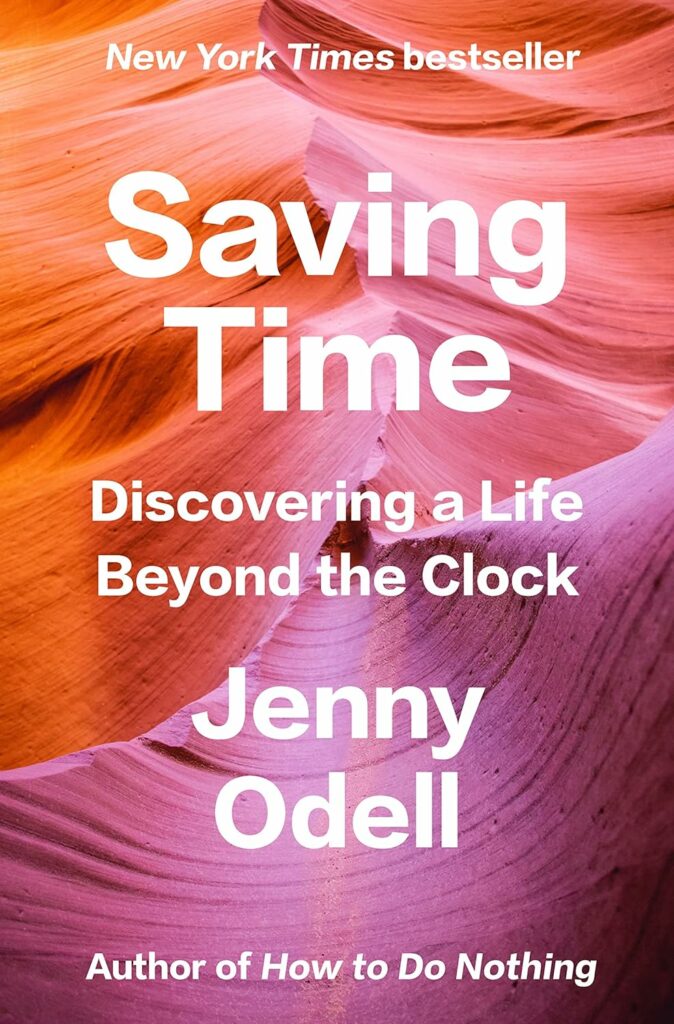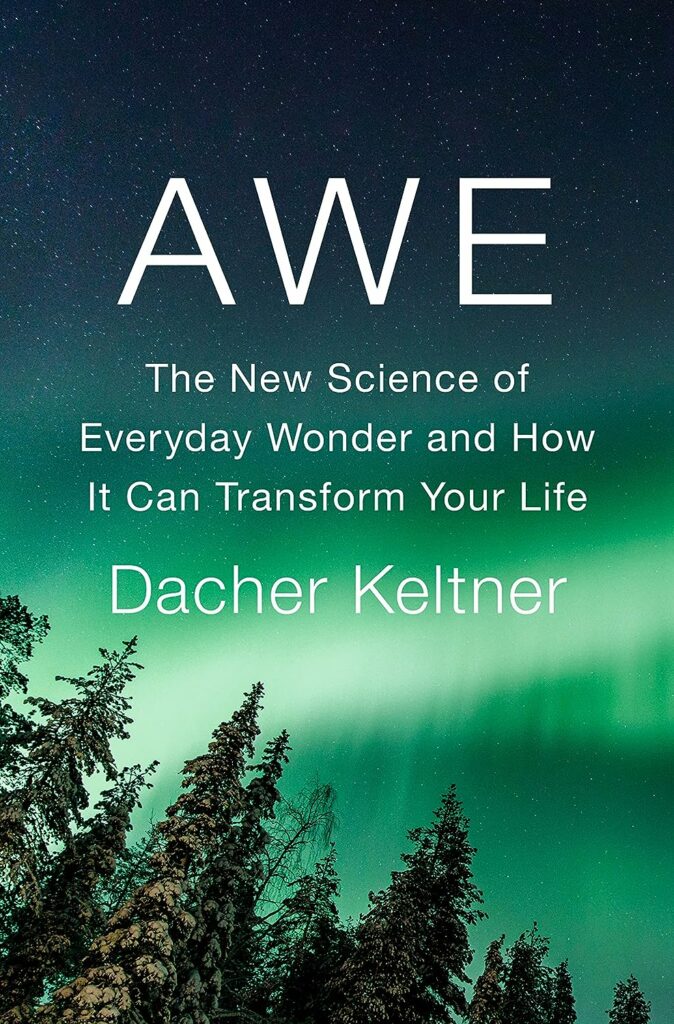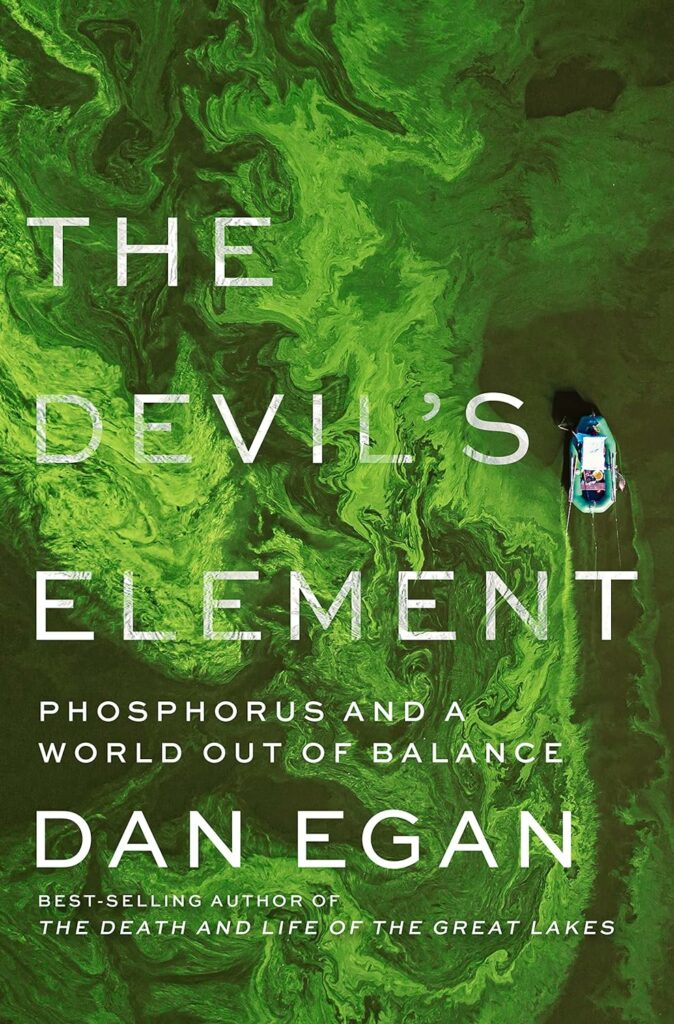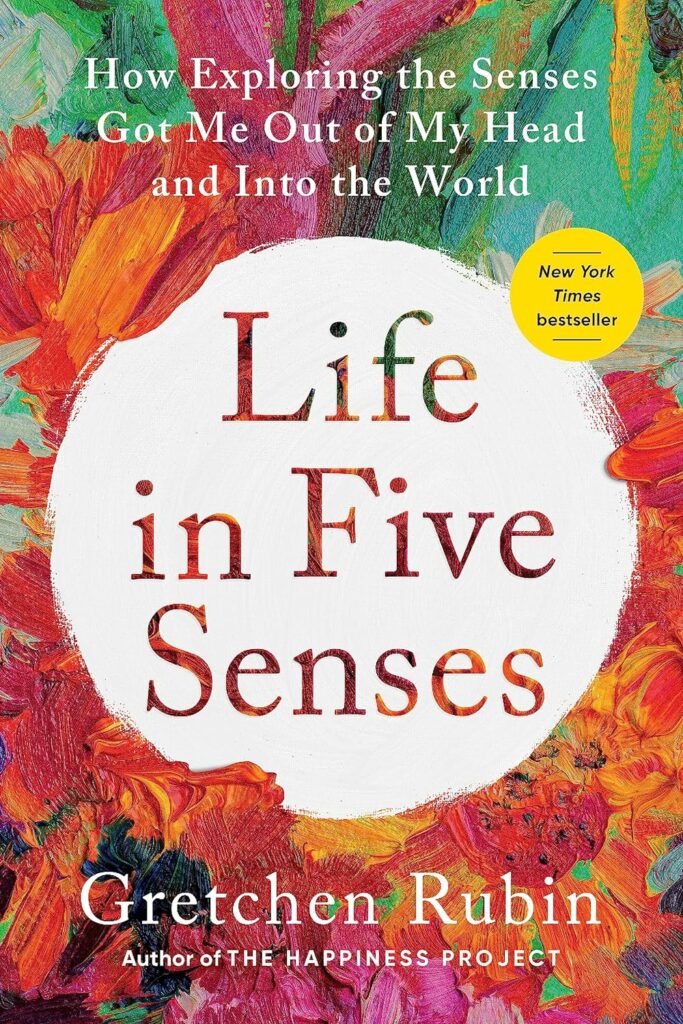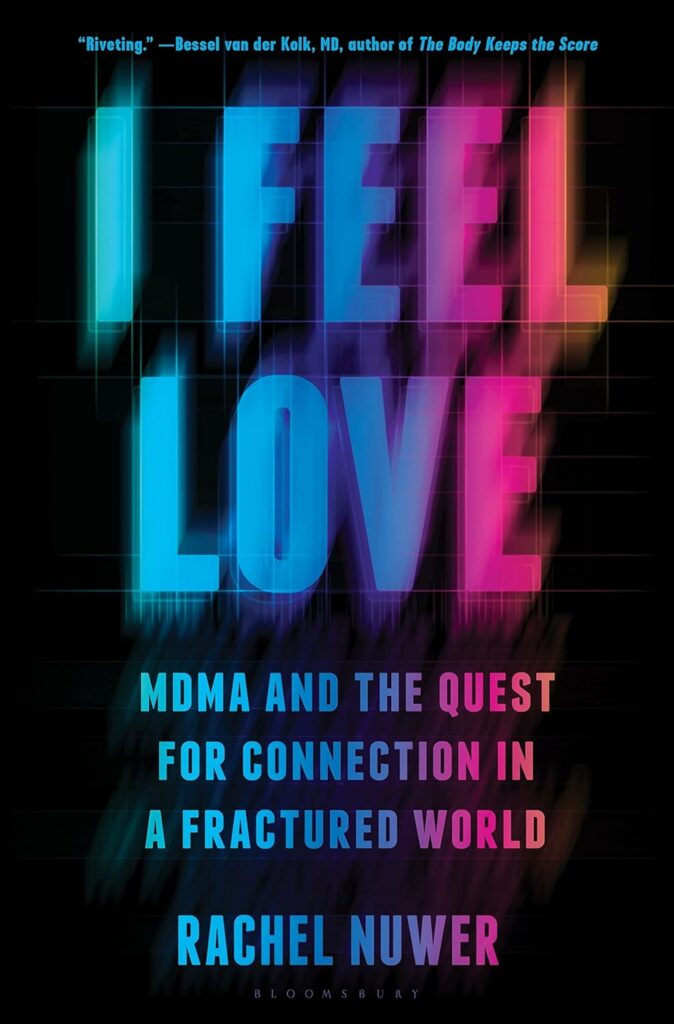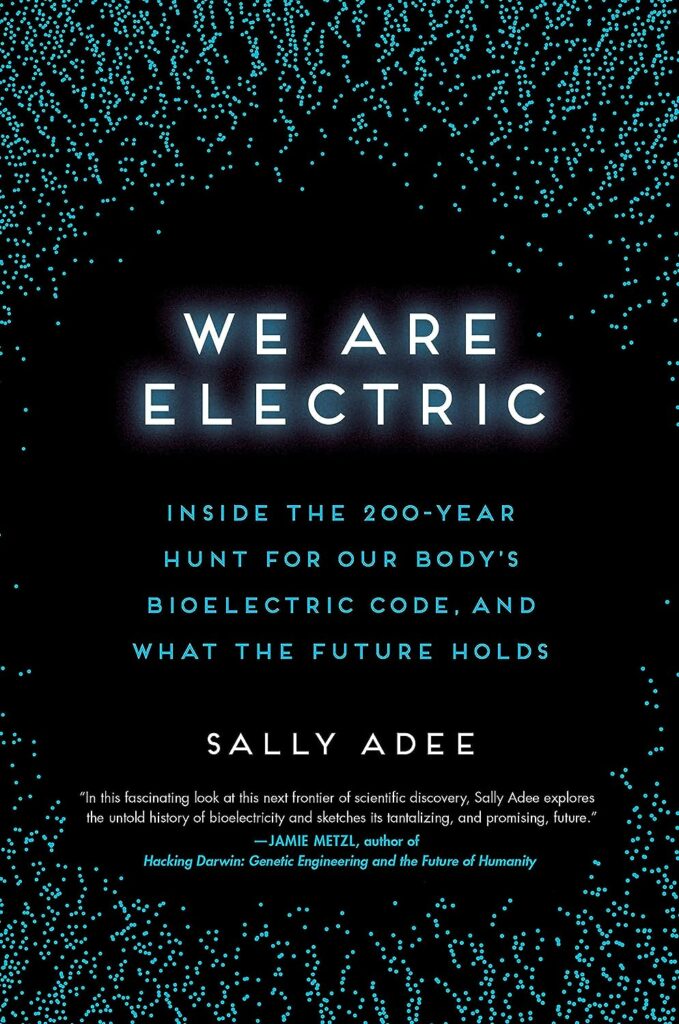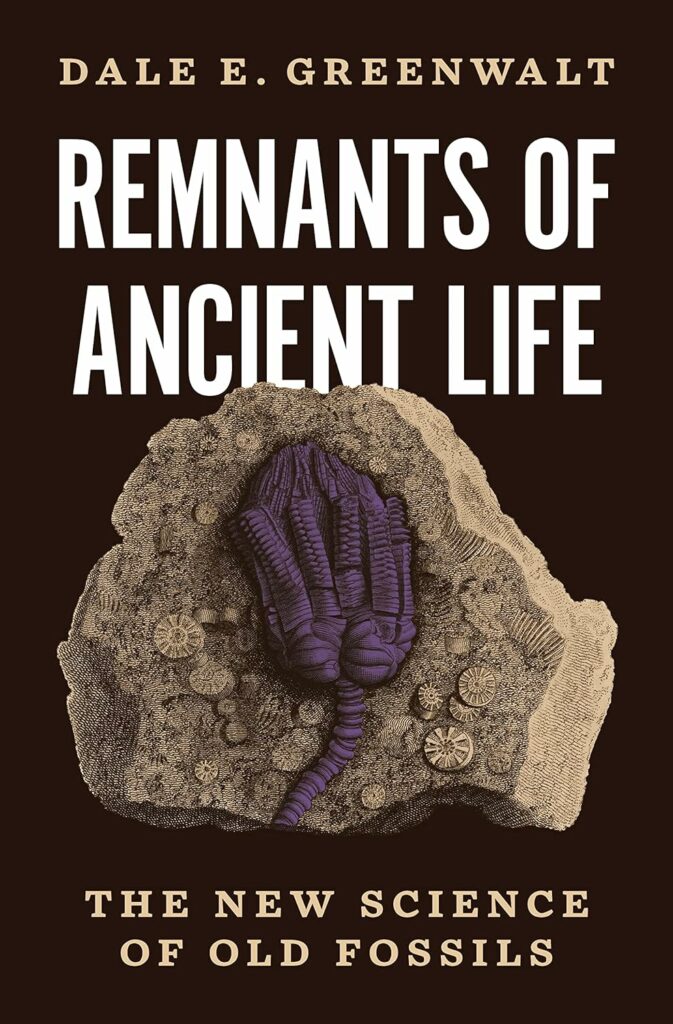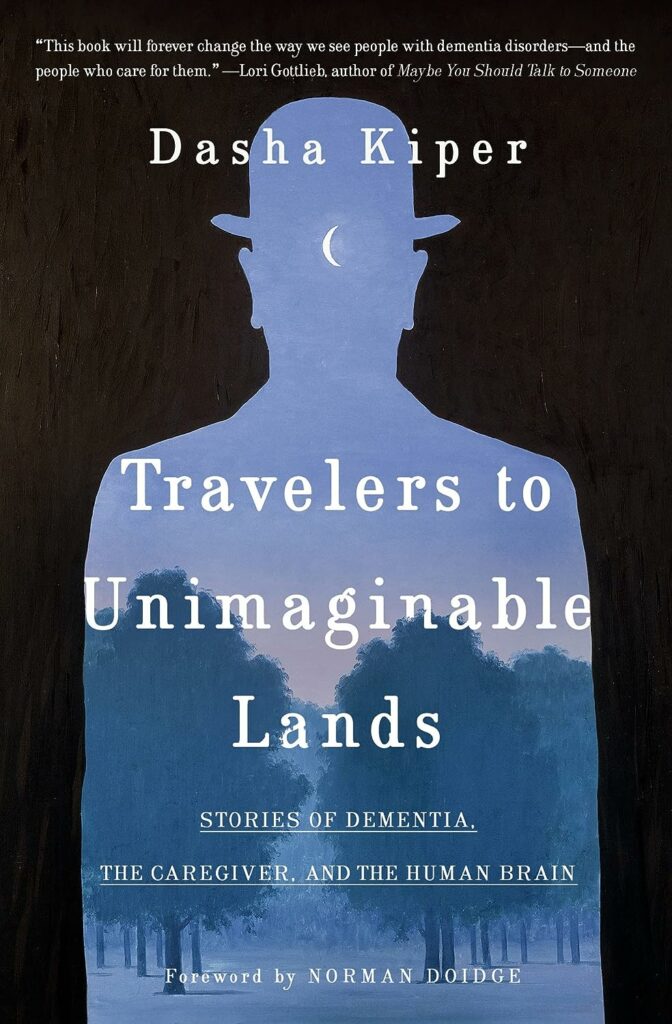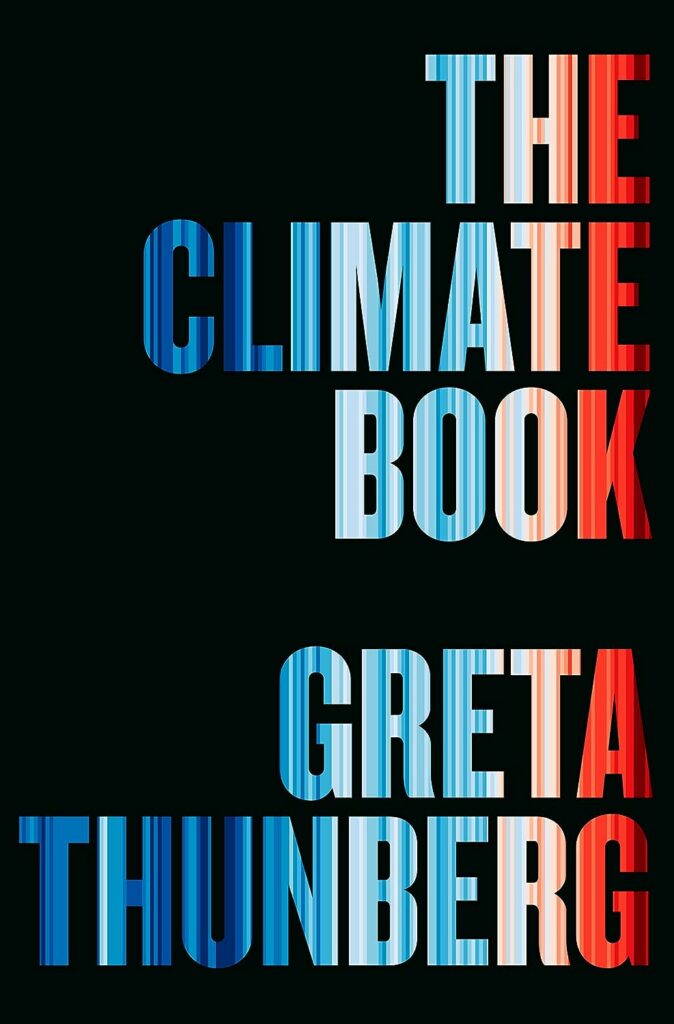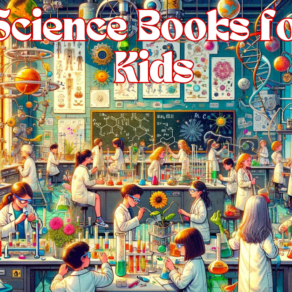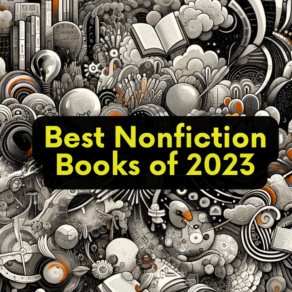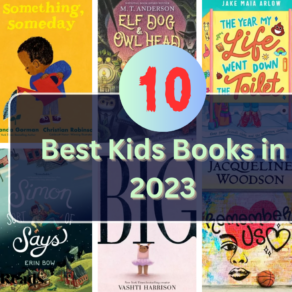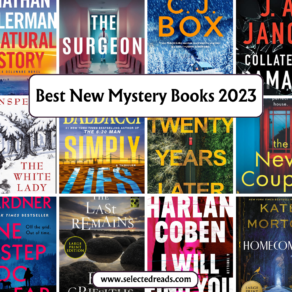I have recently started a series of posts featuring the best books of 2023. I covered various categories which you can all access in our section Best of 2023 in Books. As the world of science continues to expand, it offers us new insights, discoveries, and perspectives that challenge and enrich our understanding of the world around us.
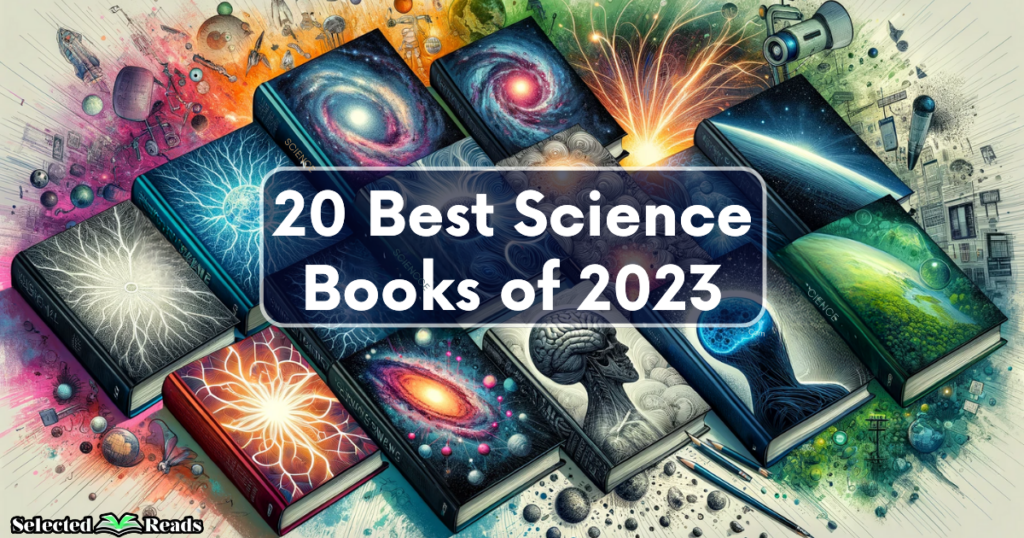
This year, we’ve seen an incredible array of science books that not only delve into the depths of their respective fields but also make these complex topics accessible and engaging to a wider audience. To help navigate this wealth of knowledge, Amazon Editors have curated a list of the best science books of 2023, a selection that promises to captivate, educate, and inspire readers of all backgrounds.
These books, handpicked for their quality and impact, cover a diverse range of subjects. From the mysteries of awe and the science of everyday wonder to the critical environmental issues of our time, each book offers a unique lens through which we can view and understand the world.
Whether it’s exploring the role of bioelectricity in our bodies, understanding the implications of dementia on individuals and caregivers, or unraveling the complexities of climate change, these works stand out for their ability to not only convey scientific knowledge but also to connect with readers on a personal and emotional level.
Best Science Books of 2023
So, let’s dive into this curated list of the best science books of 2023, according to Amazon editors, and discover the wonders, challenges, and innovations that science continues to bring into our lives.
1. Outlive: The Science and Art of Longevity, by Peter Attia MD
In “Outlive: The Science and Art of Longevity,” Dr. Peter Attia offers a groundbreaking approach to longevity, challenging the traditional medical model that often focuses too late on the diseases of aging. Attia emphasizes a proactive, personalized strategy, integrating the latest scientific insights into nutrition, exercise, sleep, and mental health. This book is more than just a guide; it’s a call to rethink our approach to aging, advocating for interventions that enhance not just lifespan but healthspan – the quality of life as we age.
2. Generations: The Real Differences Between Gen Z, Millennials, Gen X, Boomers, and Silents, by Jean M. Twenge
Jean M. Twenge’s “Generations” delves into the distinct characteristics and experiences of different American generations, from the Silents to Gen Z. Twenge, a renowned psychology professor, utilizes extensive data to explore how historical events and technological advancements have shaped each generation’s beliefs and behaviors. This insightful book offers a nuanced understanding of generational differences, examining everything from the aspirations of Boomers to the impact of COVID on Gen Z, reshaping our perception of intergenerational relationships and societal evolution.
3. On the Origin of Time: Stephen Hawking’s Final Theory, by Thomas Hertog
“Stephen Hawking’s Final Theory,” penned by Thomas Hertog, presents the culmination of Hawking’s lifelong quest to understand the universe’s origins. This book delves into Hawking and Hertog’s groundbreaking theory, which challenges conventional views by suggesting that the laws of physics are not fixed but evolve with the universe. Their work, exploring cosmic holograms and the quantum physics of the early universe, offers a revolutionary Darwinian perspective on cosmology. This profound narrative not only honors Hawking’s legacy but also invites readers to contemplate our place in the cosmos.
4. What an Owl Knows: The New Science of the World’s Most Enigmatic Birds, by Jennifer Ackerman
Jennifer Ackerman’s “What an Owl Knows” is a captivating exploration into the mysterious world of owls. Ackerman combines scientific research with her field observations to unveil the complex nature of these enigmatic birds. The book covers a wide range of topics, from the sophisticated communication of owls to their unique hunting skills and sensory capabilities. It’s a comprehensive look at the biology and natural history of owls, offering fresh insights into their behaviors and the advanced technologies used to study them, ultimately deepening our fascination with these intriguing creatures.
5. Womb: The Inside Story of Where We All Began, by Leah Hazard
Leah Hazard’s “Womb: The Inside Story of Where We All Began” is a compelling journey into the world of the uterus, blending medical history, scientific discovery, and journalistic inquiry. Hazard examines the uterus’s role in health, culture, and society, addressing questions about its connection to the brain, reproductive health, and the impact of medical racism on reproductive healthcare. This book provides a comprehensive and inclusive examination of the uterus, challenging cultural prejudices and offering a fresh perspective on an organ central to human existence.
6. Fire Weather: A True Story from a Hotter World, by John Vaillant
John Vaillant’s “Fire Weather: A True Story from a Hotter World” is a gripping account of the devastating 2016 Fort McMurray wildfire. Vaillant frames this disaster as a stark warning of the escalating dangers in our increasingly flammable world due to climate change. The book intertwines the histories of North America’s oil industry and climate science, offering a vivid narrative of the evolution of fire’s role in human civilization and its growing threat in the age of climate change. Vaillant’s work is a compelling and urgent call to action, highlighting the need for preparedness in the face of such escalating environmental challenges.
7. Under Alien Skies: A Sightseer’s Guide to the Universe, by Philip Plait
“Under Alien Skies: A Sightseer’s Guide to the Universe” by Philip Plait is a cosmic journey that ignites the imagination, taking readers on a virtual tour of the universe’s most spectacular sights. Plait, an acclaimed astronomer and science communicator, combines the latest scientific research with vivid, imaginative scenarios to transport readers to various celestial locations. From the rings of Saturn to the edge of a black hole, this book offers a unique blend of science and storytelling, infused with Plait’s trademark humor. It’s an ideal read for anyone who dreams of space travel, providing a front-row seat to the wonders of our universe.
8. The Exceptions: Nancy Hopkins, MIT, and the Fight for Women in Science, by Kate Zernike
Kate Zernike’s “The Exceptions: Nancy Hopkins, MIT, and the Fight for Women in Science” tells the inspiring story of Nancy Hopkins and her journey in the male-dominated world of science. Starting as a passionate student in genetics, Hopkins faced and fought against the systemic discrimination at MIT, leading a campaign with other female scientists that sparked a national reckoning with sexism in science. This book is not just a biography of Hopkins but a narrative of groundbreaking science and a historic fight for equality, offering an intimate look at the challenges and triumphs of women in the scientific community.
9. In the Blood: How Two Outsiders Solved a Centuries-Old Medical Mystery and Took On the US Army, by Charles Barber
“In the Blood” by Charles Barber is a riveting account of how two outsiders, Frank Hursey and Bart Gullong, tackled a critical medical challenge and faced off against the US Army. Their discovery of zeolite’s blood-clotting properties led to the creation of QuikClot, a product that revolutionized trauma medicine. The book chronicles their struggle against institutional resistance and corruption, highlighting the perilous journey of innovation in the face of entrenched interests. It’s a compelling story of determination, scientific breakthrough, and the fight to save lives in the battlefield of bureaucracy.
10. For Blood and Money: Billionaires, Biotech, and the Quest for a Blockbuster Drug, by Nathan Vardi
Nathan Vardi’s “For Blood and Money” delves into the high-stakes world of biotech, chronicling the journey of a small team in California that discovered a groundbreaking cancer drug. This narrative is a blend of science, drama, and corporate intrigue, revealing the complexities of bringing new drugs to market and the astronomical profits at stake. Vardi provides an immersive look into the biotech industry, from the lab to Wall Street, showcasing the interplay between science, finance, and the human element in the quest for medical breakthroughs.
11. Your Brain on Art: How the Arts Transform Us, by Susan Magsamen, Ivy Ross
“Your Brain on Art” by Susan Magsamen and Ivy Ross is a groundbreaking exploration of how the arts profoundly impact our well-being and cognitive functions. The book presents compelling research on the benefits of artistic engagement, from stress reduction to extending lifespan. It’s a journey into neuroaesthetics, featuring insights from artists, scientists, and pioneers across disciplines. This book redefines the arts as not just entertainment but as essential tools for health, education, and healing, offering a new perspective on the transformative power of creativity.
12. Saving Time: Discovering a Life Beyond the Clock, by Jenny Odell
In “Saving Time: Discovering a Life Beyond the Clock,” Jenny Odell challenges our conventional relationship with time, shaped by profit-driven structures. This thought-provoking book examines how our perception of time affects our lives, social inequities, and even the climate crisis. Odell proposes alternative ways to experience time, drawing inspiration from pre-industrial cultures, ecological rhythms, and geological timescales. This book is a call to reimagine our lives beyond the constraints of the clock, offering a vision of a world where time is the medium of possibility and a path to a more humane way of living.
13. Awe: The New Science of Everyday Wonder and How It Can Transform Your Life, by Dacher Keltner
Dacher Keltner’s “Awe” delves into the science behind one of our most profound emotions: awe. This book is a fascinating exploration of how awe not only shapes our brains and bodies but also influences our behavior and societal structures. Keltner, through a blend of research and personal narrative, examines the role of awe in human evolution, its impact on our health, and its power in fostering community and cultural identity.
He argues that in our increasingly divided world, the experience of awe can be a unifying force, enhancing our reasoning, bolstering our physical health, and driving us towards actions that benefit both our natural and social environments. “Awe” is a compelling read, offering insightful perspectives on how this often-overlooked emotion is central to the human experience.
14. The Devil’s Element: Phosphorus and a World Out of Balance, by Dan Egan
In “The Devil’s Element,” Dan Egan presents a riveting narrative about phosphorus, an element that has been both a boon and a bane for humanity. This book traces the history of phosphorus from its discovery in a 17th-century alchemy lab to its critical role in modern agriculture. Egan skillfully intertwines stories of historical events, like the looting of battlefields for phosphorus-rich bones, with current environmental challenges, such as toxic algae blooms caused by phosphorus runoff.
He highlights the paradox of phosphorus: essential for life yet capable of causing devastating environmental damage. Egan’s work is a thought-provoking examination of how our reliance on this vital nutrient has led to significant ecological imbalances, posing a threat to our food systems and global stability.
15. Life in Five Senses: How Exploring the Senses Got Me Out of My Head and Into the World, by Gretchen Rubin
Gretchen Rubin’s “Life in Five Senses” is a delightful journey into the world of sensory experiences. Stemming from a personal revelation about the importance of the five senses in achieving happiness, Rubin embarks on a quest to reconnect with her senses. The book is a blend of science, philosophy, and Rubin’s own experiments in sensory engagement.
She offers readers a fresh perspective on the simple yet profound pleasures of the senses, from the joy of music to the nuances of taste. Rubin’s narrative encourages mindfulness and a deeper appreciation of the world around us, showing how tuning into our senses can enrich our lives, bring us into the present, and enhance our connections with others.
16. I Feel Love: MDMA and the Quest for Connection in a Fractured World, by Rachel Nuwer
Rachel Nuwer’s “I Feel Love” is a comprehensive exploration of MDMA, a substance that has stirred considerable controversy and hope in the realms of mental health and social connection. Nuwer delves into the history, cultural impact, and potential therapeutic uses of MDMA, separating myths from scientific realities. The book discusses how MDMA, once notorious as a harmful recreational drug, is now being reconsidered for its potential in treating various mental health issues, including trauma and depression.
Nuwer’s investigation extends into the neuroscientific mechanisms behind MDMA’s effects, offering insights into how it could aid in fostering empathy, self-compassion, and social bonding. This work is a fascinating look at a drug on the cusp of a therapeutic revolution, challenging our understanding of brain chemistry and human connection.
17. We Are Electric: Inside the 200-Year Hunt for Our Body’s Bioelectric Code, and What the Future Holds, by Sally Adee
Sally Adee’s “We Are Electric” is a captivating exploration of the human body’s bioelectricity, a concept that might sound like science fiction but is deeply rooted in scientific fact. Adee takes readers on a journey through the history of bioelectric research, from its controversial beginnings with experiments on frogs to its potential future applications in medicine. The book reveals how every cell in our body, like a tiny battery, contributes to our overall health and functioning.
Adee discusses the possibilities of manipulating bioelectricity for medical breakthroughs, such as reversing cancer or regenerating limbs. This book is a fascinating blend of history, science, and future possibilities, shedding light on a relatively unknown yet crucial aspect of our biology.
18. Remnants of Ancient Life: The New Science of Old Fossils, by Dale E. Greenwalt
Dale E. Greenwalt’s “Remnants of Ancient Life” is a groundbreaking book that transforms our understanding of fossils. Moving beyond the traditional view of fossils as mere stone imprints, Greenwalt introduces readers to the exciting field of ancient biomolecules. The book is a journey through the latest discoveries in paleobiology, revealing how traces of pigments, proteins, and DNA in fossils are providing new insights into the lives of creatures that roamed the Earth millions of years ago.
From understanding the colors of dinosaurs to uncovering ancient viruses, Greenwalt shows how these molecular remnants are revolutionizing our knowledge of the past. This book is a must-read for anyone fascinated by the intersection of history, biology, and geology.
19. Travelers to Unimaginable Lands: Stories of Dementia, the Caregiver, and the Human Brain, by Dasha Kiper
Dasha Kiper’s “Travelers to Unimaginable Lands” is a profound and empathetic look into the world of dementia and caregiving. Drawing from her experiences as a caregiver and counselor, Kiper presents a series of stories that delve into the complex relationships and challenges faced by those caring for loved ones with dementia.
The book offers a unique perspective on the neurological and psychological aspects of dementia, exploring how it affects both the afflicted and their caregivers. Kiper’s narrative is a compassionate call for understanding and patience, providing valuable insights for anyone navigating the difficult journey of dementia caregiving. It’s a touching reminder of the human side of a condition often shrouded in misunderstanding and stigma.
20. The Climate Book: The Facts and the Solutions, by Greta Thunberg
Greta Thunberg’s “The Climate Book” is a compelling and urgent call to action on the global climate crisis. Bringing together the expertise of over one hundred scientists, economists, and activists, Thunberg presents a comprehensive overview of the challenges we face and the solutions available to address them. The book is rich with data and analysis, presented alongside Thunberg’s own experiences as a climate activist.
It’s a powerful blend of science, storytelling, and advocacy, designed to inform, inspire, and mobilize readers. Thunberg emphasizes the critical nature of the moment we are in and the collective action required to address the climate emergency. This book is an essential read for anyone looking to understand the depth of the climate crisis and the ways we can work towards a sustainable future.
Final thoughts
In conclusion, the best science books of 2023, as selected by Amazon Editors, offer a fascinating journey through the vast and varied landscape of scientific discovery. These works challenge us to think deeper, question more, and appreciate the intricate tapestry of the world we live in.
For educators, parents, and lifelong learners, these books are more than just a source of information; they are tools for inspiration, sparking curiosity and a deeper appreciation for the wonders of science. They remind us of the power of inquiry and the importance of staying informed in an ever-evolving world.



